5 Common Begonia Problems & Solutions With Specialist Grower Janeen Randle

Chris is a gardening writer and nature enthusiast. He graduated from Oxford Brookes University in 2022 with an MA in Psychology. Chris works with the Leeds Green Action Society, helping their food cooperative by growing various fruit and vegetables on their two allotments in Hyde Park, Leeds.
Reviewed By COLIN SKELLY

Colin is a Horticulturist and Horticultural Consultant with experience in a range of practical and managerial roles across heritage, commercial and public horticulture. He holds the Royal Horticultural Society’s Master of Horticulture award and has a particular interest in horticultural ecology and naturalistic planting for habitat and climate resilience.
Contributions From JANEEN RANDLE

Janeen Randle is the president of the Melbourne Begonia Society. The society is based in Australia and many members, including Janeen, breed their own Begonias and visit flower shows across the country.
IN THIS GUIDE
Begonias are rich bloomers that can add a colourful, tropical vibe to your garden, patio or home.
Not only are begonias gorgeous to look at, but they are also super easy to grow and require little maintenance.
That said, there are a few problems you may run up against, including:
- Begonia tubers not sprouting.
- Drooping flower buds.
- Brown spots on the leaves of the begonia, often caused by watering issues.
- Damage caused by whiteflies.
- A scale insect infestation.
- Mealybug infestations that leave a woolly substance.
- Powdery mildew covering leaves and flowers.
In this article, we take a look at these issues that you might face and look at how to solve and avoid them.
1) Begonia Tubers Not Sprouting
You need your begonia tubers to sprout before you plant them in pots and containers.
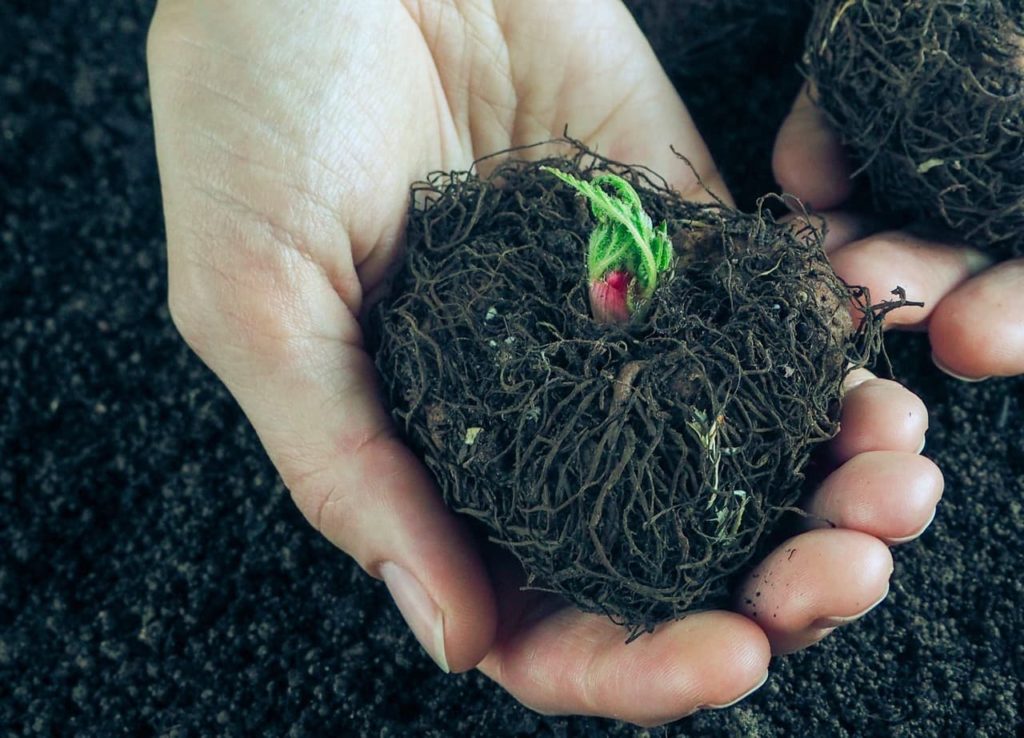
So, if you have followed all the steps for starting begonia tubers and they still aren’t sprouting, you can try soaking them in lukewarm water for around half an hour.
Then, you should place them back in a polybag in a warm spot, such as an airing cupboard.
2) Drooping Flower Buds
Your begonia’s buds may drop from over or under-watering.
Most begonias grow best when you let the soil or compost dry out slightly in between watering.
That said, you shouldn’t let the soil dry out completely, as this will cause the buds to start to drop.
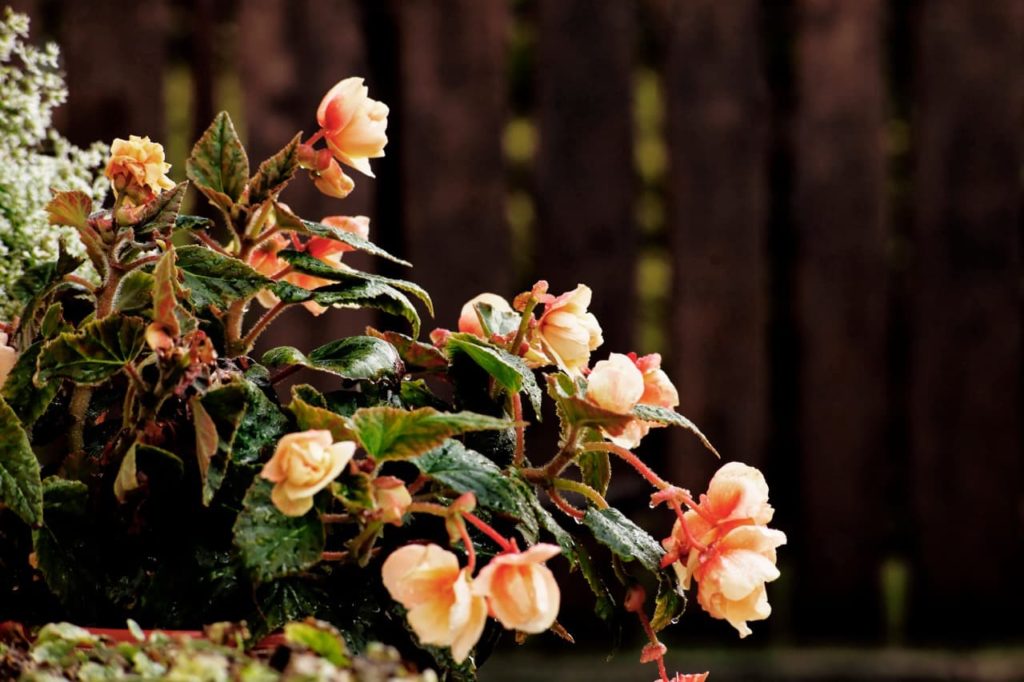
Likewise, over-watering your begonias can cause bud drop, so always check the soil or compost before you water.
A sudden change in temperature can also be problematic for buds.
When you are moving your begonia tubers from the warm place where you’ve stored them, be sure to heat the soil that you will be planting them in for 24 hours beforehand so it doesn’t give them too much of a shock.
3) Spots On The Begonia Leaves
Finding brown or transparent spots and blotches on your begonia leaves is usually due to improper watering.
If you splash the petals when you water, your begonias will soak in excess water and cause unsightly stains.
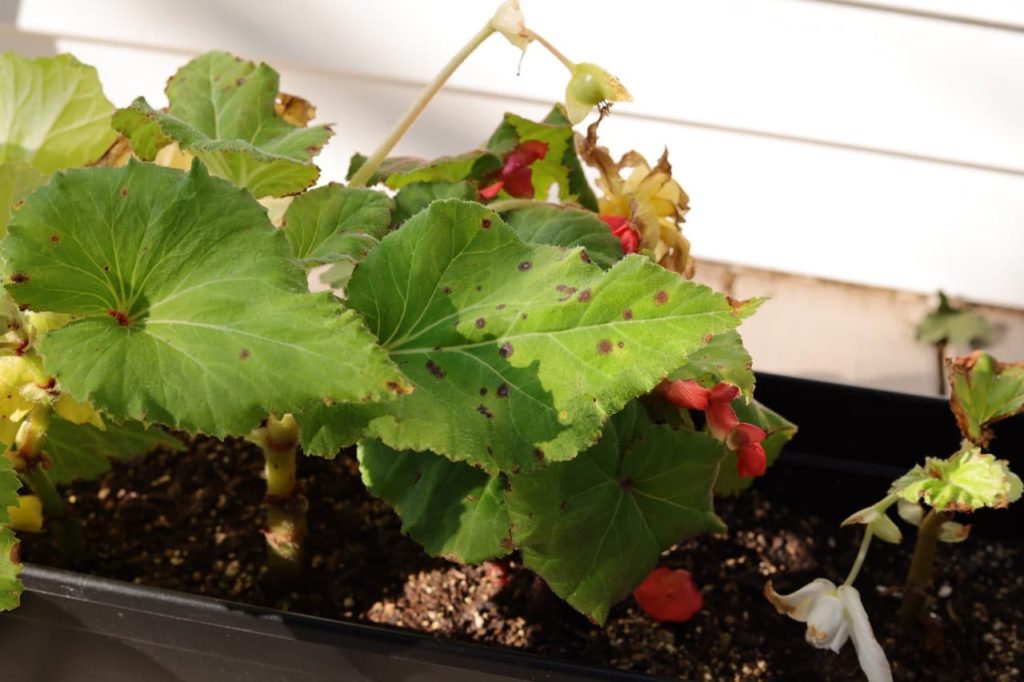
Avoid this problem by shielding the flower heads when misting and watering the plant at the base.
Definitely avoid using overhead sprinklers.
4) Whitefly Damage
Whiteflies are a common problem with begonias and leave white, powdery dust on the leaves.
A whitefly infestation can cause the leaves to yellow and to have a mottled appearance.
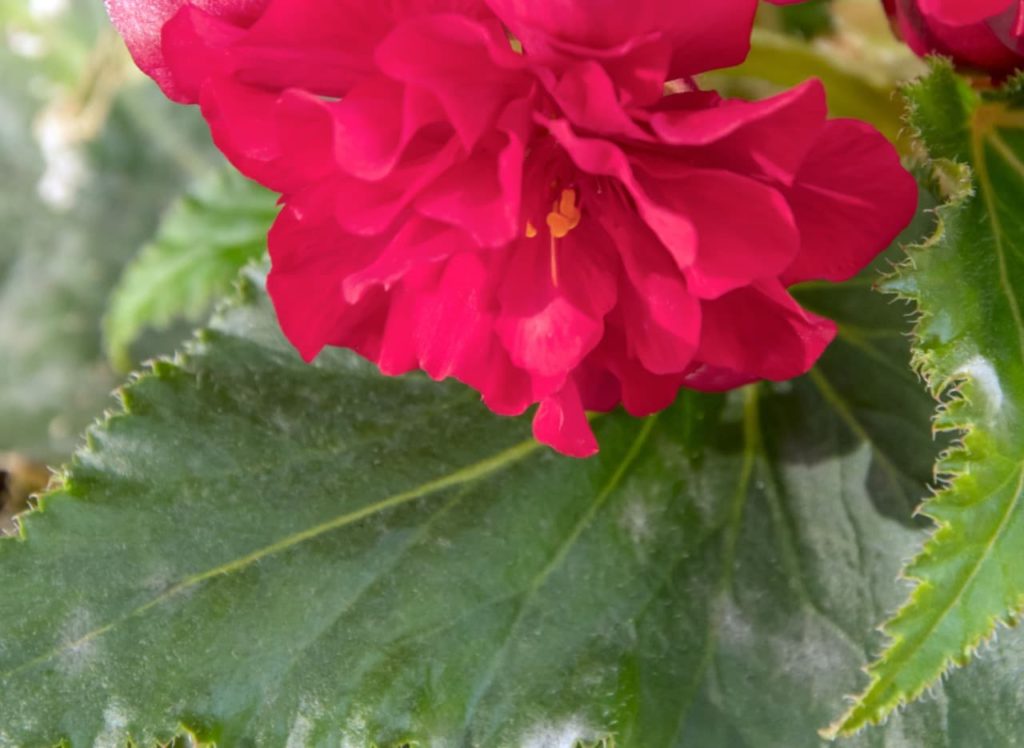
You may also visibly see the little beasties flying around the plant if the infestation is particularly severe.
You can use sticky traps to remove whitefly or opt for an insecticide spray.
5) Scale Insects On Begonia Foliage
If your begonias have white, cotton-like lumps or ugly, brown bumps on them, then the problem is probably scale.
Scale insects are unusual little creatures which appear to be inanimate and will eventually lead your begonia foliage to yellow and wilt or become discoloured and deformed.
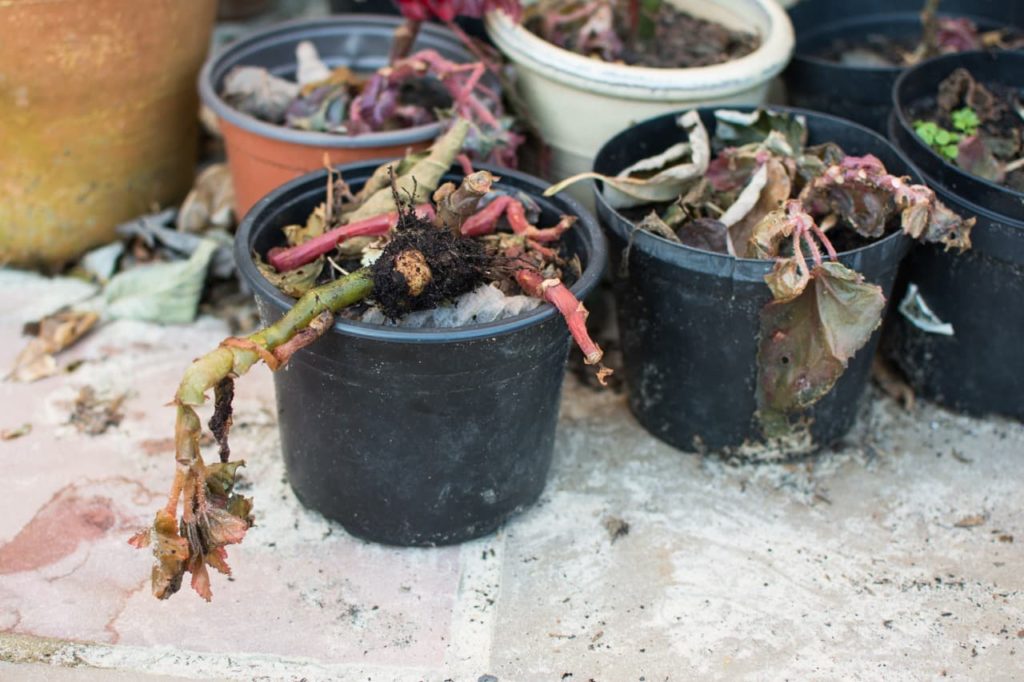
You can get rid of these pesky pests with a toothbrush.
Dip it in soapy water and gently brush the affected areas.
You can also spray the plant with neem oil to see off any remaining offenders.
Other Issues To Look Out For
Begonia expert Janeen Randle from the Melbourne Begonia Society shares a couple more issues to be wary of when growing begonias:
“The most common problem and the most difficult to keep on top of is the mealybug, which is caused by a woolly substance that is secreted around the bug’s egg masses.
“A cotton bud saturated with methylated spirit usually controls a single infestation.
“If all plants are affected, spraying with repeat treatments may be necessary.”
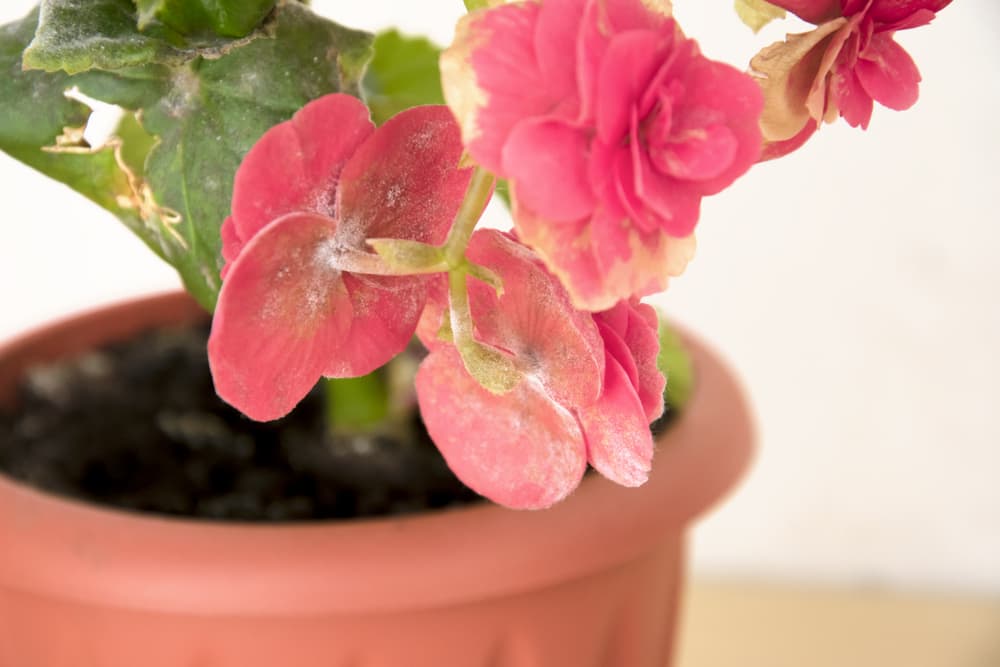
Another issue Janeen says might affect your begonias is powdery mildew.
“Good air circulation is necessary to fix this problem, but you could also spray the plant with a good fungicide if needed.”
